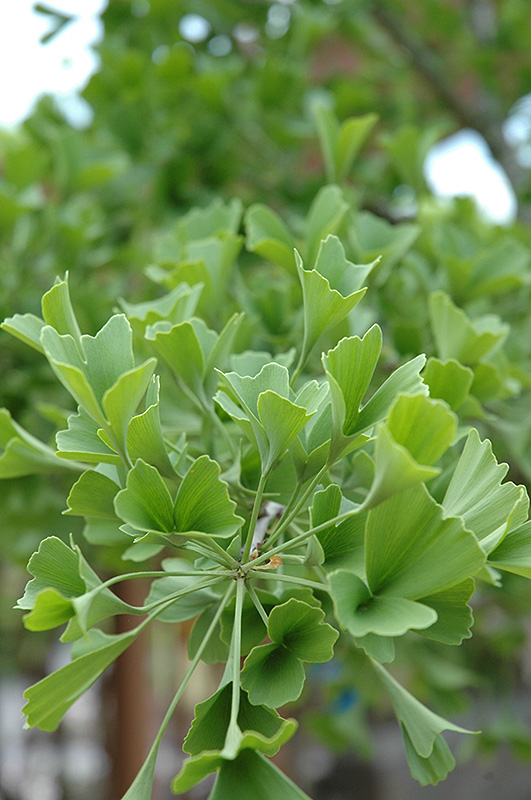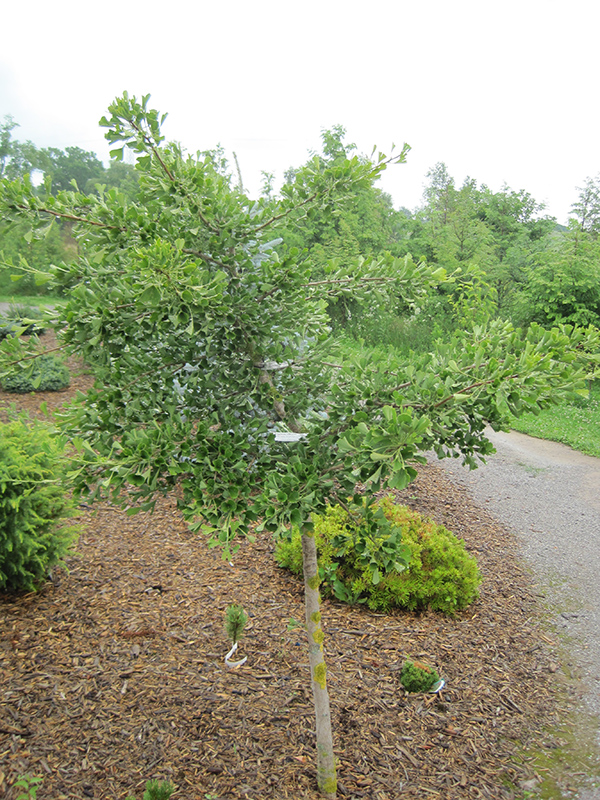Tube Leaf Ginkgo*
Ginkgo biloba 'Tubiformis'
* This is a "special order" plant - contact store for details
Height: 10 feet
Spread: 5 feet
Sunlight:
![]()
Hardiness Zone: 4b
Other Names: Maidenhair Tree, Trumpet Leaf Ginkgo
Description:
A rare variant with distinct fan shaped leaves that are tubular when young, then curl upward and out; pyramidal shape when young, then spreading branching habit as it ages; rich yellow in fall; described as a semi-dwarf, not achieving full species size
Ornamental Features
Tube Leaf Ginkgo is primarily valued in the landscape or garden for its distinctively pyramidal habit of growth. It has attractive emerald green deciduous foliage. The recurved fan-shaped leaves are highly ornamental and turn an outstanding gold in the fall.
Landscape Attributes
Tube Leaf Ginkgo is a multi-stemmed deciduous shrub with a distinctive and refined pyramidal form. Its average texture blends into the landscape, but can be balanced by one or two finer or coarser trees or shrubs for an effective composition.
This is a relatively low maintenance shrub, and is best pruned in late winter once the threat of extreme cold has passed. Deer don't particularly care for this plant and will usually leave it alone in favor of tastier treats. It has no significant negative characteristics.
Tube Leaf Ginkgo is recommended for the following landscape applications;
- Accent
- Vertical Accent
Planting & Growing
Tube Leaf Ginkgo will grow to be about 10 feet tall at maturity, with a spread of 5 feet. It has a low canopy with a typical clearance of 1 foot from the ground, and is suitable for planting under power lines. It grows at a slow rate, and under ideal conditions can be expected to live for 80 years or more.
This shrub should only be grown in full sunlight. It is very adaptable to both dry and moist locations, and should do just fine under average home landscape conditions. It is not particular as to soil type or pH, and is able to handle environmental salt. It is highly tolerant of urban pollution and will even thrive in inner city environments. Consider applying a thick mulch around the root zone in winter to protect it in exposed locations or colder microclimates. This is a selected variety of a species not originally from North America.
* This is a "special order" plant - contact store for details






